Published on Tuesday, July 08, 2025
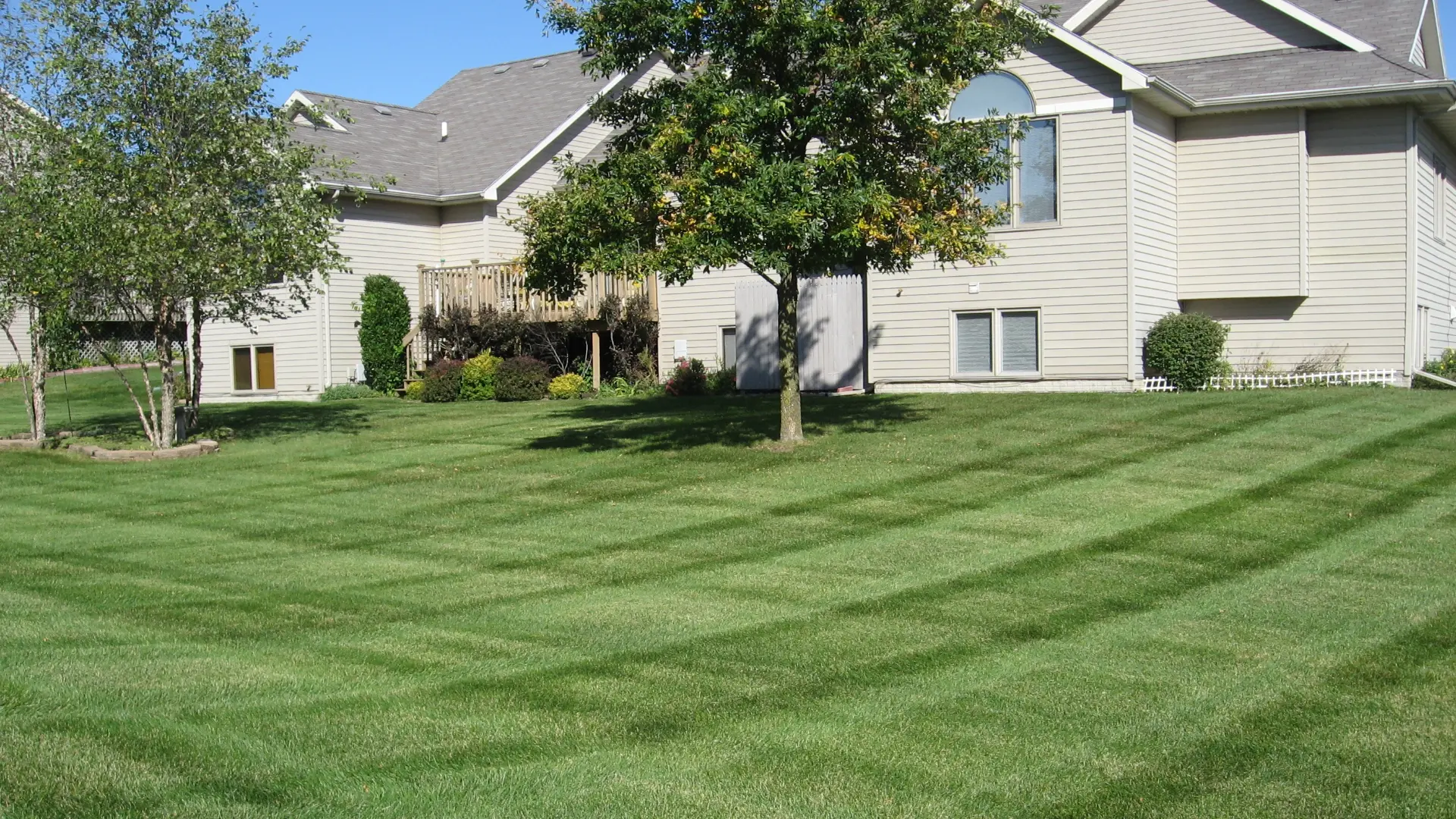
Fertilizing your lawn is a great way to supply it with much-needed nutrients to bolster its health and vigor. However, it's not okay to just use any type of fertilizer for your lawn. After all, some are liquid while some are granular, and the nutrients in lawn fertilizers can differ. Typically, fertilizers include three main macronutrients: nitrogen, phosphorus, and potassium, but how much of each one they contain can vary. Some may also contain micronutrients, so it's important to use...
Published on Monday, July 07, 2025
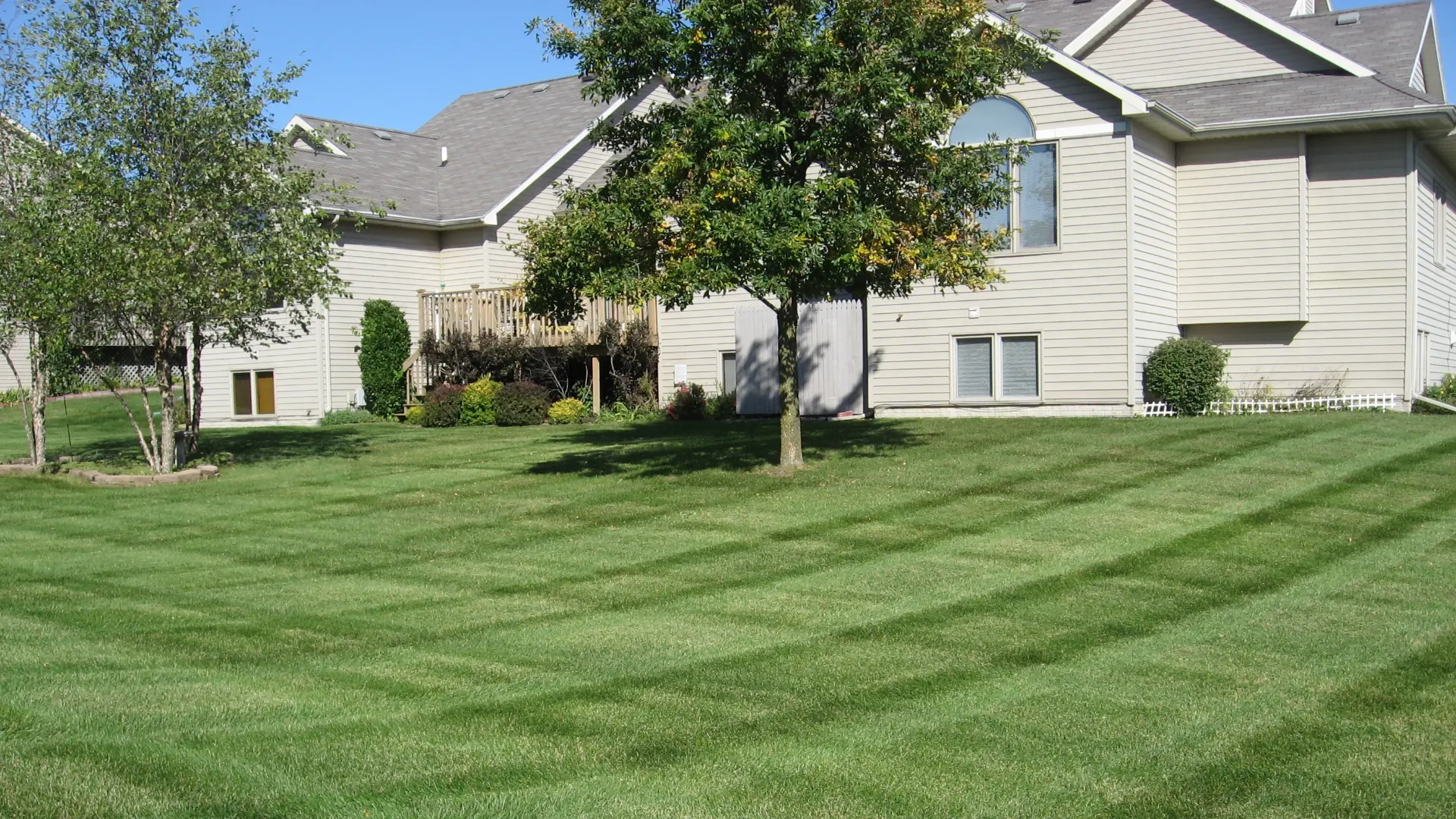
Fertilizing your lawn is essential for its health and vigor, but you don't want to do it too often, like multiple times a week or even once a week. Over-fertilizing can harm your lawn rather than benefit it, so it's best to apply it six times per year - twice in the spring, summer, and fall. That way, you provide a consistent supply of nutrients throughout the growing season. However, you'll want to hire professionals to apply the fertilizer treatments to your lawn in Iowa, ...
Published on Monday, July 08, 2024

Many property owners in Iowa have pets that share their outdoor space with them. However, it's important to keep a few things in mind if you want to keep your furry friends safe during lawn fertilization treatments. To keep your pets safe, it is recommended to keep them indoors while it's being applied. You should also avoid letting your pets on the lawn until the product is dry. To ensure the safety of your pets, it's crucial to talk to your lawn care provider. They will...
Published on Wednesday, May 15, 2024
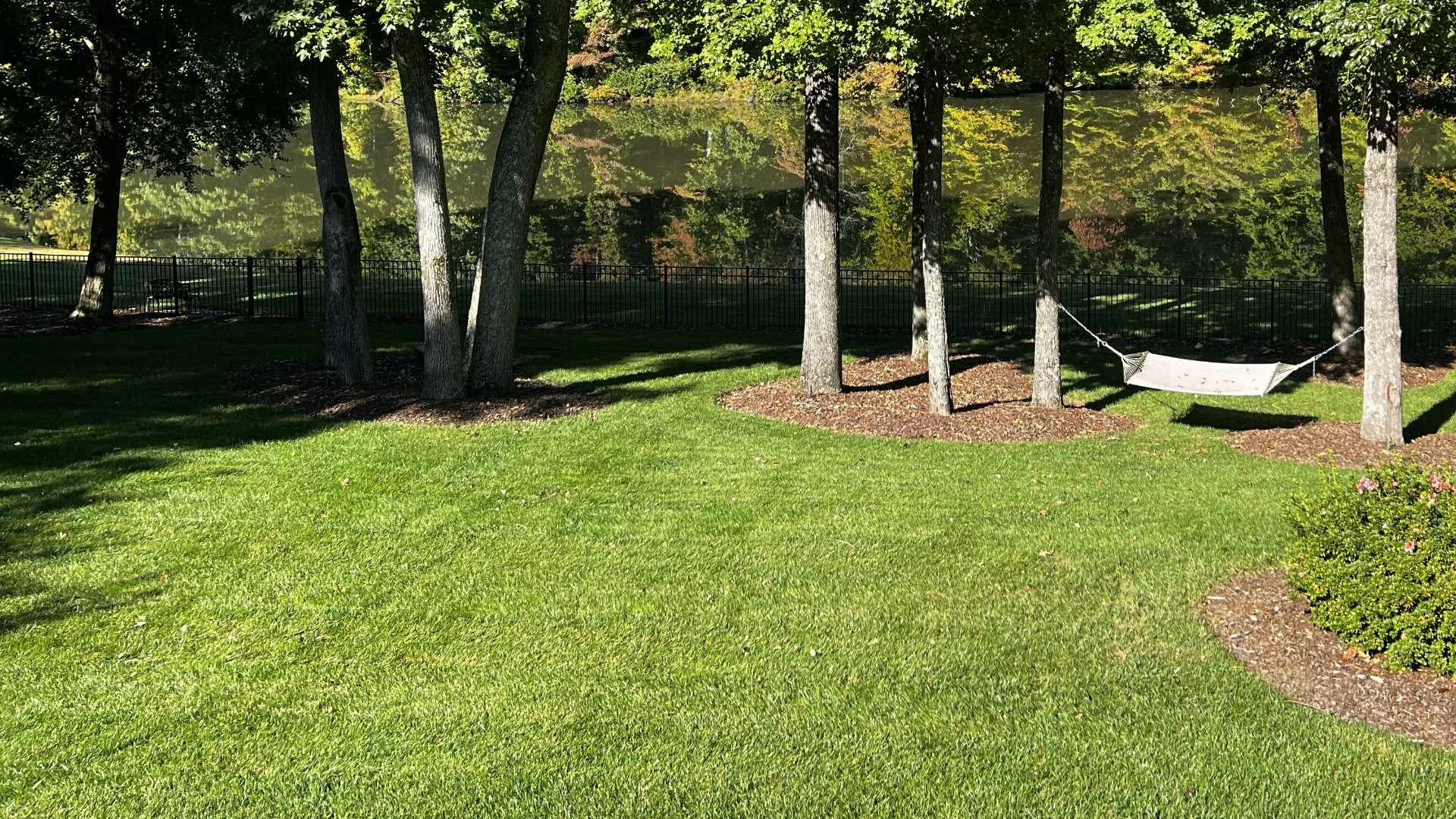
The time it takes for a fertilizer treatment to absorb into a lawn depends on several factors. The type of treatment used, whether liquid or granular, plays a role in absorption time. Additionally, the weather conditions in Iowa on the day of application can also affect absorption, with treatments generally being absorbed quicker on warm, sunny days compared to cool, cloudy ones.
For more specific information tailored to your lawn, it's best to consult your lawn care provider....
Published on Tuesday, April 16, 2024
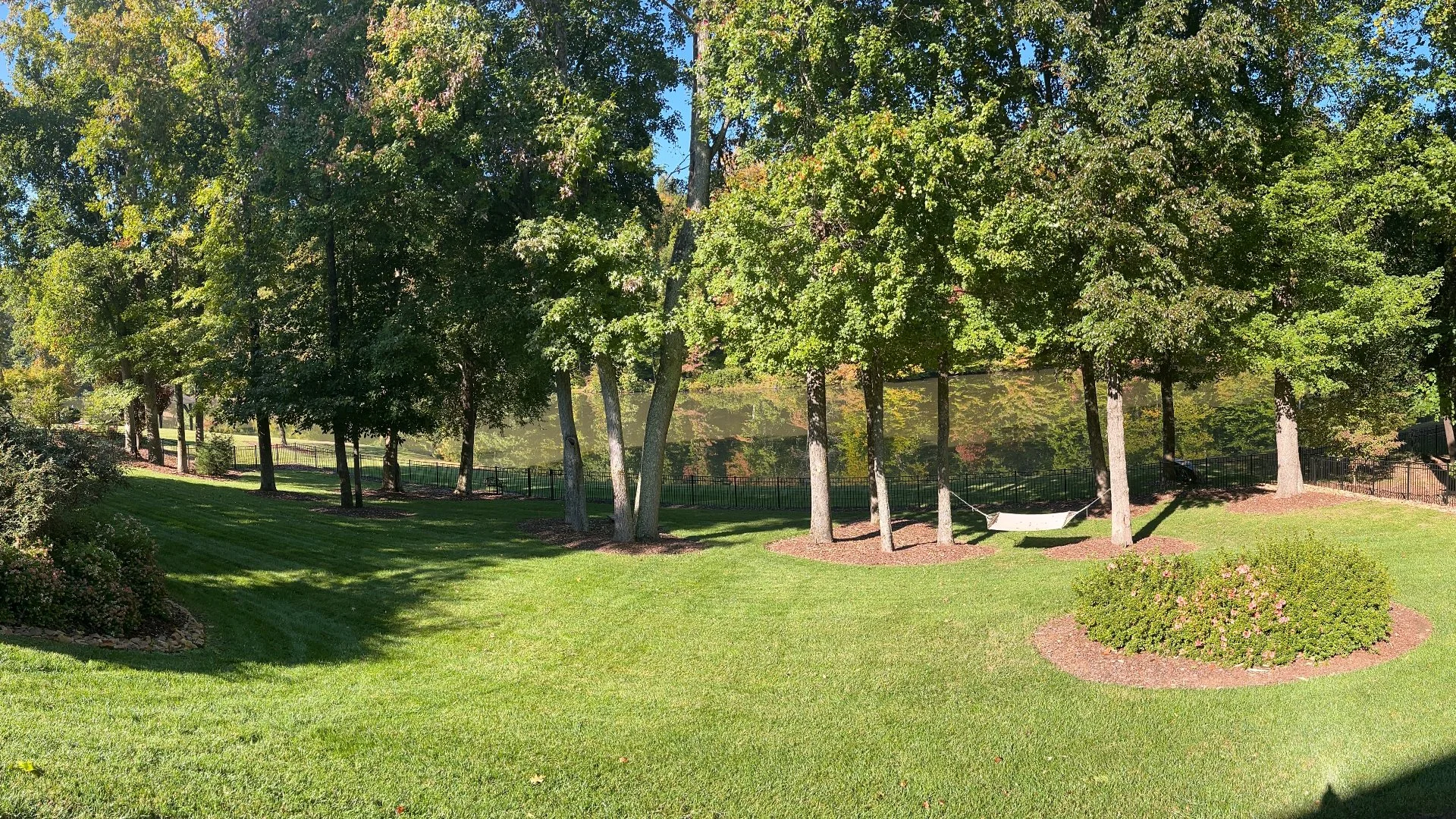
The harsh winter temperatures in Iowa will cause your lawn to go dormant. To help it bounce back, you'll want to implement the right spring fertilization schedule. For great results, you should fertilize your lawn twice in the spring, once in early spring, and again in late spring. An early spring application is beneficial because it helps your lawn come out of dormancy and promotes new growth. A late spring application is equally as beneficial because it replenishes the nutrient...
Published on Friday, March 08, 2024
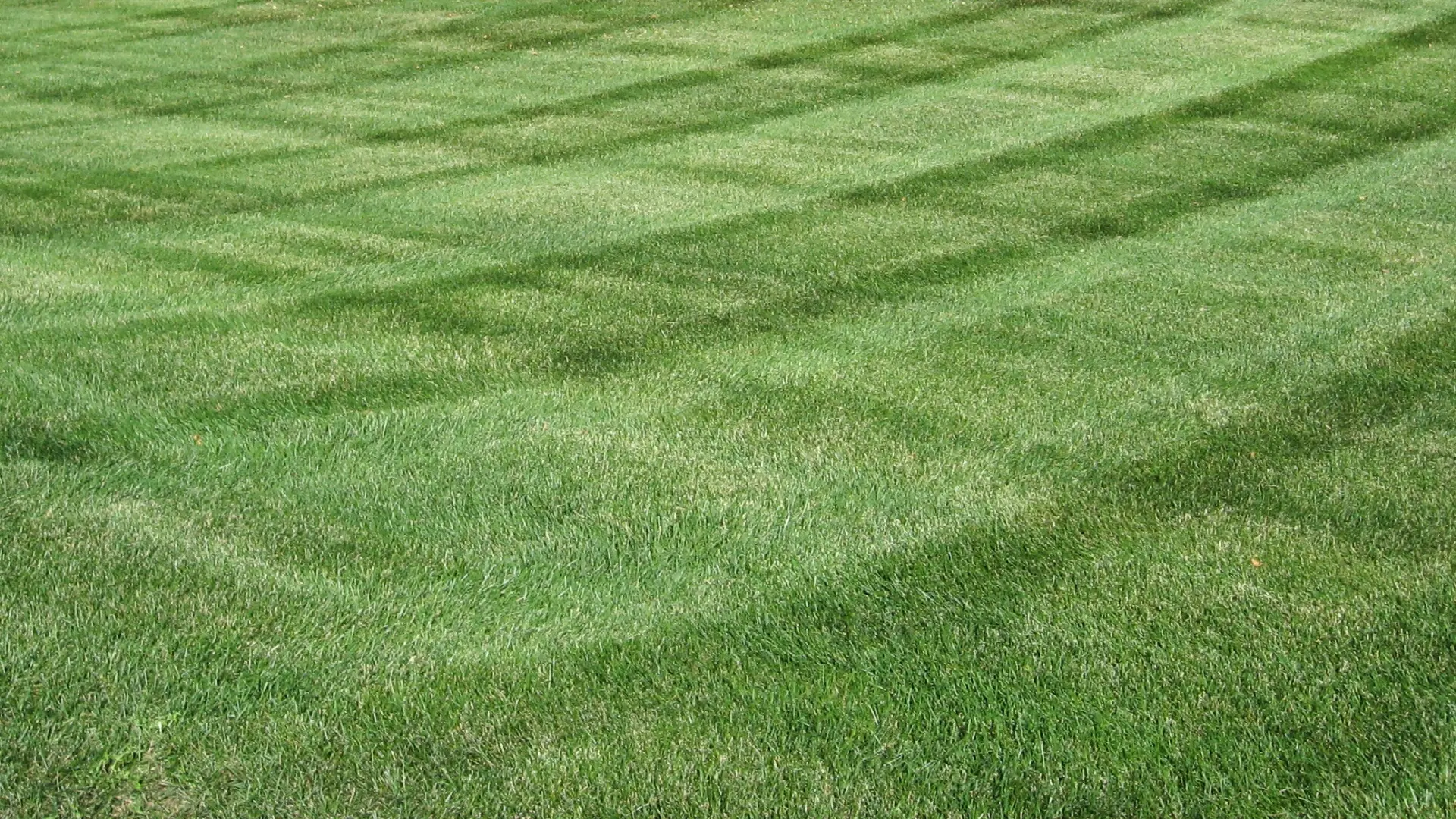
It is essential to fertilize your lawn at the right time in the spring to avoid wasting your time and money. You should wait until the ground is entirely thawed before applying fertilizer, which usually happens in mid-March or April here in Iowa. If you apply fertilizer too early, it won't be able to penetrate the soil, and it might run off into nearby waterways. That is why it is best to hire professionals who can determine the perfect time to apply fertilizer. They also know...
Published on Wednesday, November 01, 2023
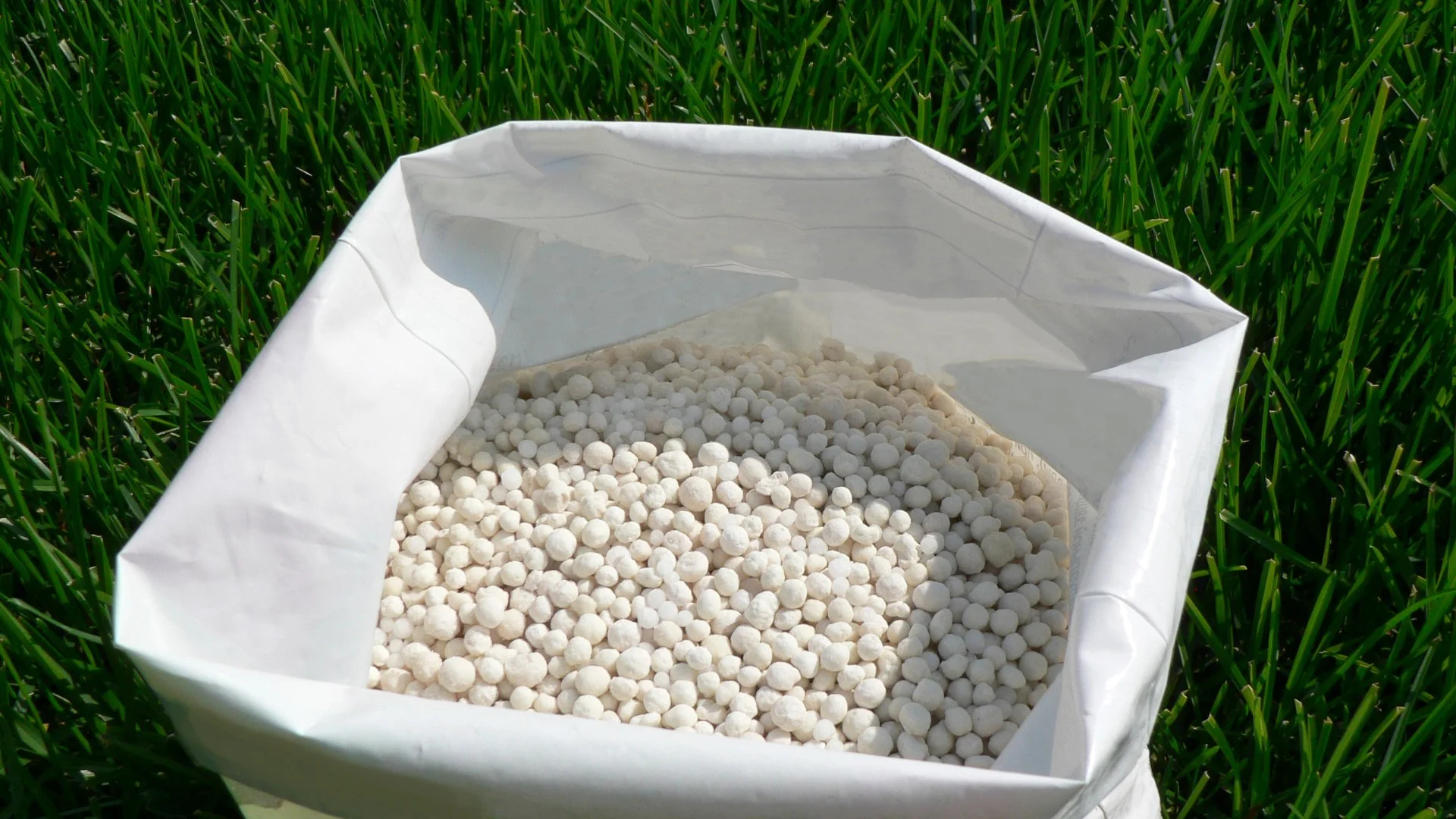
During the winter season, your lawn in Iowa goes dormant to preserve its energy and resources to survive this challenging time. Fortunately, winterizer treatments are just what you need to help it prepare and transition into dormancy in great shape! These treatments are fertilizers applied in late fall, which have a high concentration of nitrogen to promote root development and boost your turf's thickness to help it withstand any winter-related stress. Not only that, but winterizer...
Published on Tuesday, July 04, 2023
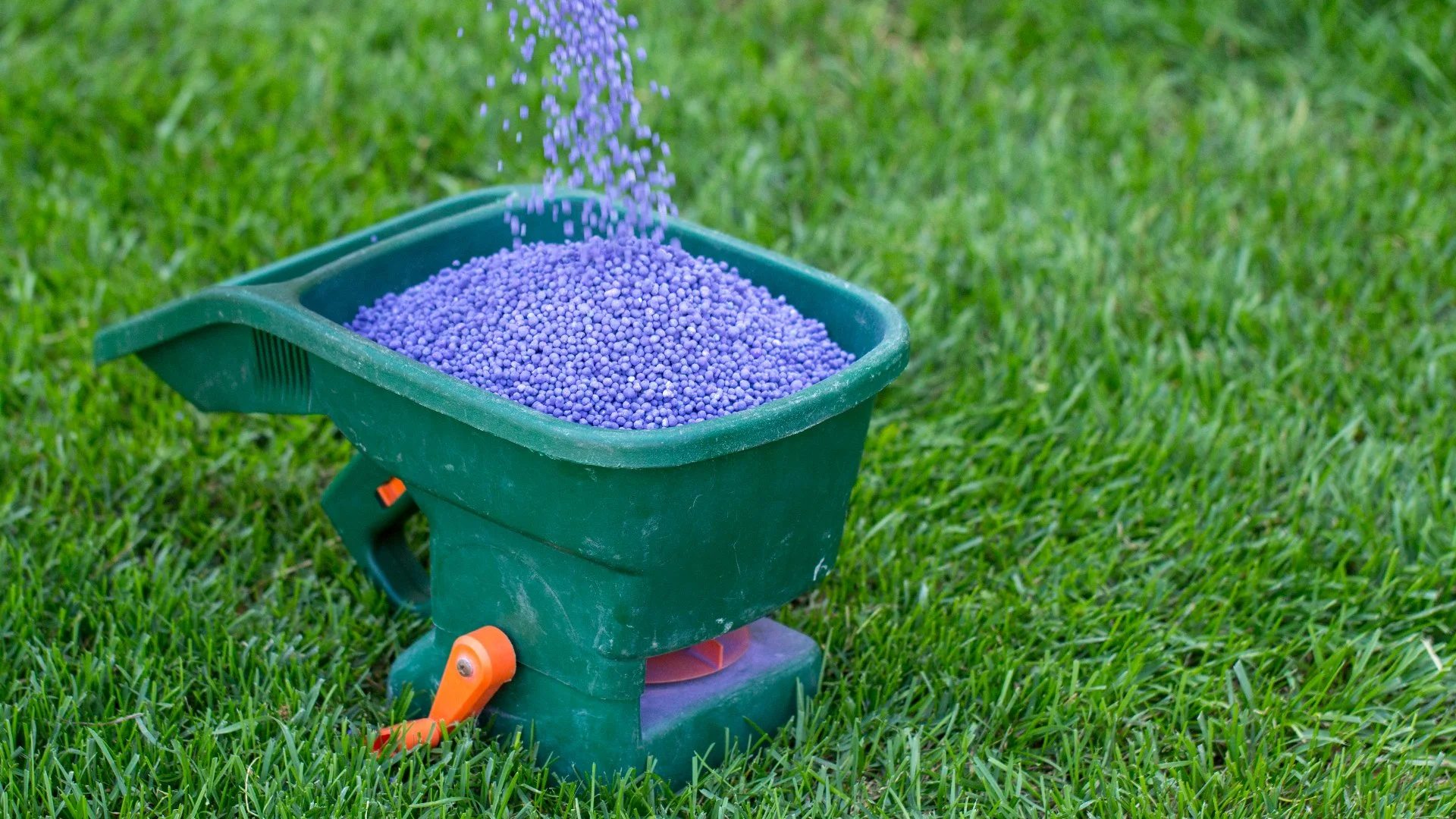
Your grass in Iowa needs fertilizer treatments throughout the year to remain strong and healthy. However, too much of it can cause more harm than good. Excessive fertilizer can cause fertilizer burn, where the salt contents from the treatment will pull out too much moisture and cause the roots of your grass to dry and wilt. The extra product can also end up in nearby bodies of water, polluting them with nutrients that encourage harmful algae growth. What's more, it is a waste of...









